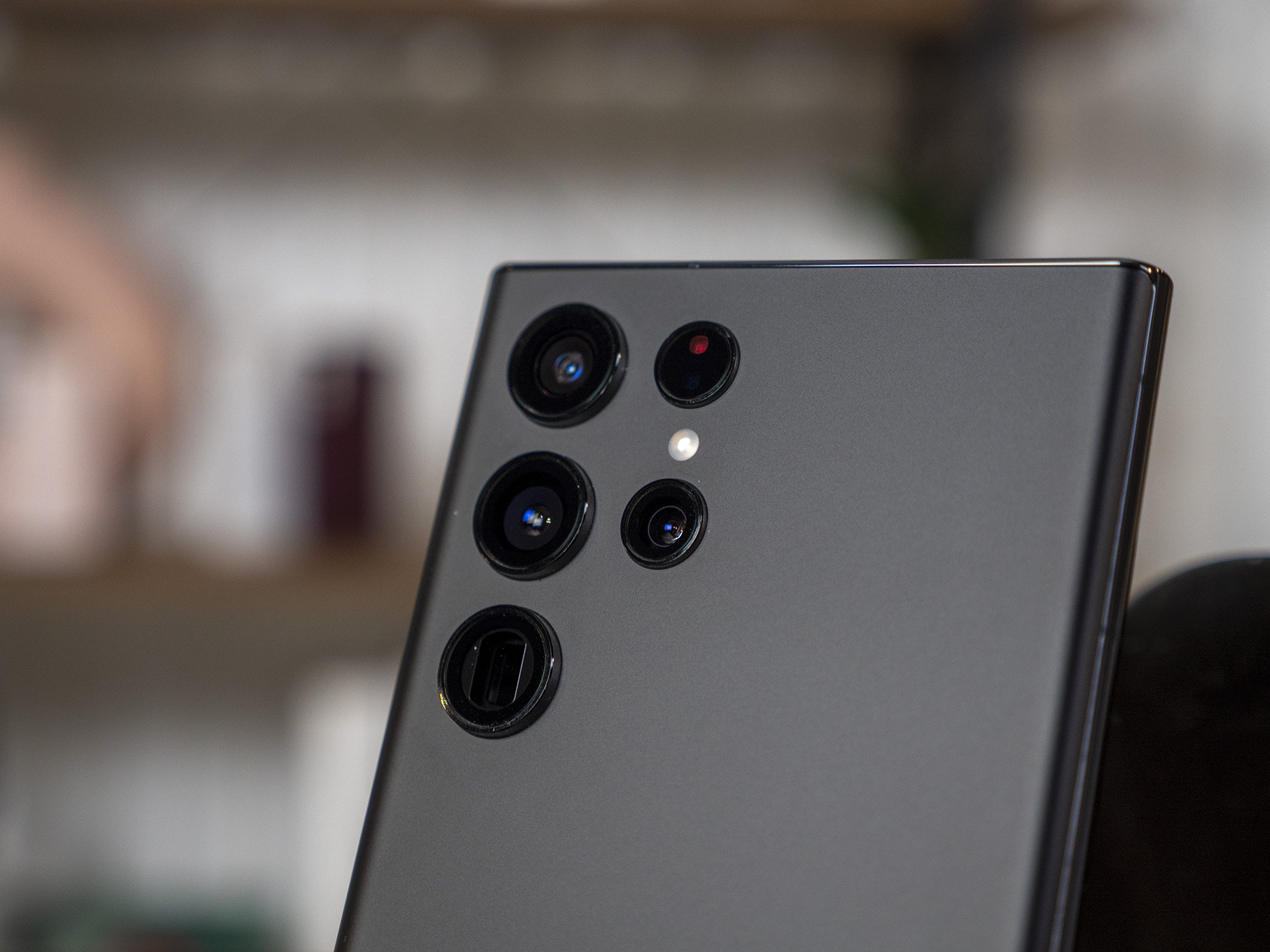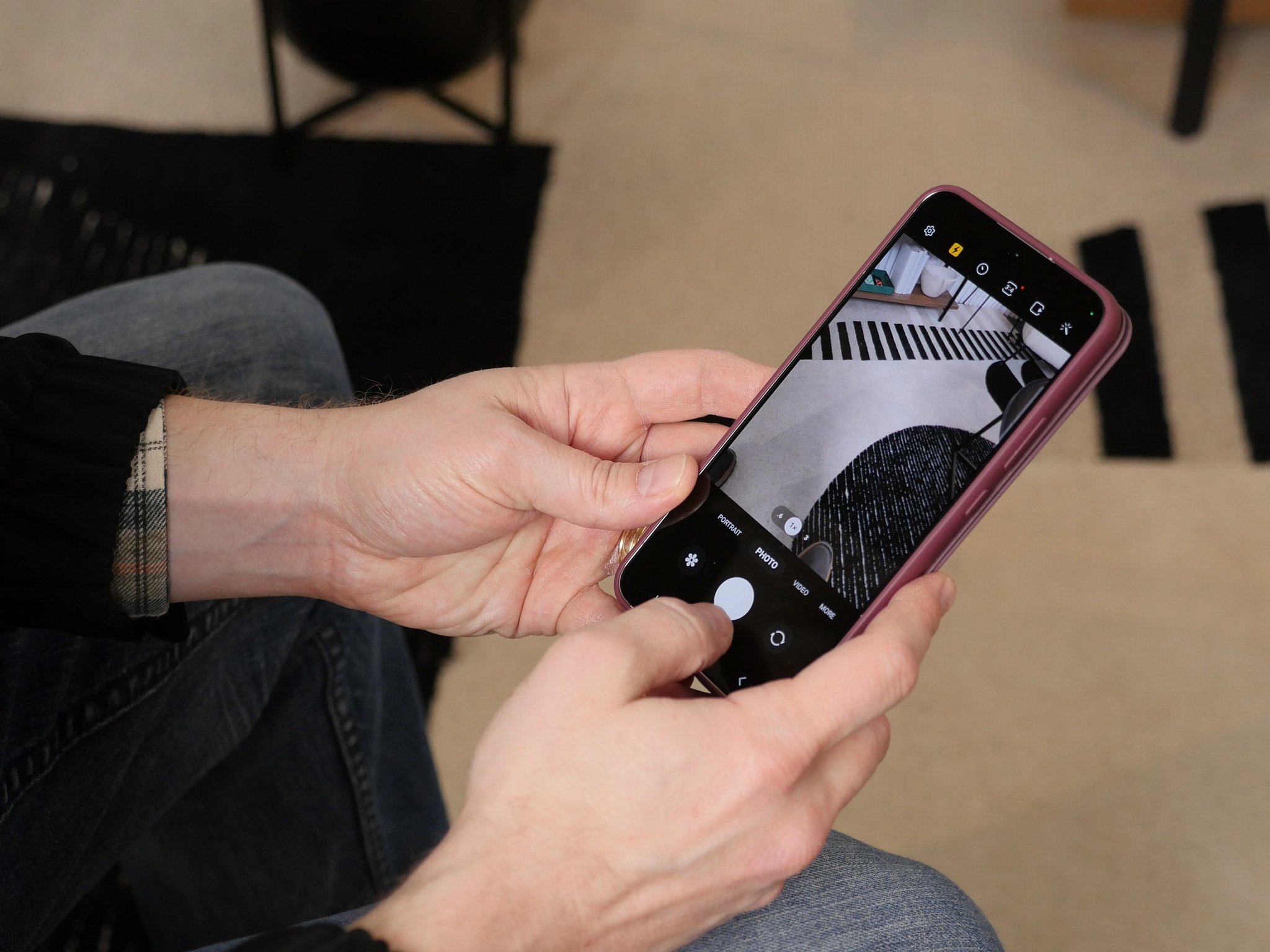This might be the year Samsung actually leaps Google in photo quality
All that processing power is finally being put to good use.
Samsung's new Adaptive Pixel technology is exactly what the company needed to finally beat Google at its own game - smartphone photography.
With Adaptive Pixel technology, Samsung is taking what it learned from last year's multi-frame capture software upgrade and adding in some impressive new innovations that could make a huge difference for all Galaxy S22 users.
That last part is particularly important because it means that you don't have to spend all that extra money on a Galaxy S22 Ultra just to experience Samsung's latest big feature. That means more of this year's best Samsung phones have all the best features and the best price for you.
Google may have pioneered multi-frame capture on Android with HDR+ way back on the Nexus 5, but Samsung has finally figured out a way to one-up Google and deliver better camera hardware at the same time.
Throw it in the binWhile a number of people have begun to jump on the "smartphone cameras are good enough" bandwagon, Samsung is still dead-set on the Galaxy S22 camera winning the award for best smartphone camera quality. For people like me, who often pick their smartphones based on a camera that can deliver the best image quality, that's exactly what I want to hear.
While megapixels can make a well-lit photo look crisper and full of little details, it can also bring a lot of noise into an image.
So what, exactly, can Adaptive Pixel do for your photos? First, let's take a look at what the other guys are doing.
For years, camera sensors have grown in size and megapixel count. But, while megapixels can make a well-lit photo look crisper and full of little details, it can also bring a lot of noise into an image. That's particularly true with lower lighting conditions.
Simply put, a smaller pixel cannot physically absorb as much light as a larger one. Think of how dark a large room with one tiny window would be versus a room with one giant window and you'll get the idea.
So companies like Samsung, Google, Huawei, and others have turned to two main ways to alleviate this problem: pixel binning, and multi-frame capture.
Both methods have produced spectacular results but often falter at one key point: most phones, despite their massive sensor sizes, still output a 12MP image.
Most phones, despite their massive sensor sizes, still output a 12MP image.
While 12MP is fine for sharing to social media or viewing on a smartphone screen, it's not so great for printing images or zooming in to see the finer details.
With Adaptive Pixel technology, Samsung is using both multi-frame capture and pixel-binning, as well as a third brand new concept: adding in the raw 50MP or 108MP image - that's the difference between the Galaxy S22/22+ and the S22 Ultra - to the final product to bring fine detail back to the image.
The missing detailsWhat we've been shown of Adaptive Pixel so far is stunning. Essentially, by taking the bright 12MP photo and combining it with the detailed - and more naturally-lit - higher resolution photo, the Galaxy S22 should deliver not only more detailed photos in any lighting condition, but also ones that are correctly lit.
Despite multi-frame capture and pixel-binning providing brighter and less noisy photos, the end result often is a photo that looks unnaturally bright.
See, despite multi-frame capture and pixel-binning providing brighter and less noisy photos, the end result often is a photo that looks unnaturally bright. While this is good for some situations, it's not ideal for most.
When people take pictures, they hope - and maybe even expect - the camera to be able to capture the scene exactly as the eye sees it. That means no brighter, no darker, and certainly not less detailed.
Samsung's new approach could guarantee that all three of these conditions are met far more often than any other smartphone has been able to deliver. While we love the Pixel 6 for its camera, it often gets the look of a nighttime scene wrong, even if it is the best at a technical level.
The mockup I made above is similar to one Samsung showed us and should get the point across. The full-resolution 108MP photo is naturally a darker photo since it doesn't use all the tricks we already talked about to create a brighter image.
The result (of an adaptive pixel photo) is one that combines the best of both worlds into a beautifully-lit, well-balanced photo with tons of detail.
Meanwhile, the pixel-binned multi-frame photo will be a lower resolution but incredibly bright - many times, unnaturally so.
The result is a 108MP or 50MP photo - depending on if you're using an S22 Ultra or an S22/S22+ - that combines the best of both worlds into a beautifully-lit, well-balanced photo with tons of detail.
The reliability factorAs far as I can tell, Samsung has all the technical details in order in a way they never have before. But Samsung has always had the best camera hardware and often some of the better camera software, especially when it comes to speed.
Samsung hasn't always had the "reliability factor" on its side, however.
Samsung users haven't always trusted that their phones could actually capture a moment when it was most needed. For that guarantee, you'd often need a Pixel or an iPhone.
By that, I mean that Samsung users haven't always trusted that their phones could actually capture a moment when it was most needed. For that guarantee, you'd often need a Pixel or an iPhone.
But the Galaxy S21 and the rest of Samsung's 2021 portfolio made massive strides to help fix this trust issue. There have been dozens of times where I was sure my Galaxy Z Fold 3 wouldn't be able to adequately capture a photo, only to be pleasantly surprised that it came out better than I had even hoped for - and certainly better than I expected.
This year, Samsung has added even more AI-powered capabilities to the Galaxy S22 line that should help further sew trust into the seams of its latest powerhouse phones.
First off, that new Adaptive Pixel feature is fully automated. That means you won't have to worry about switching modes - or, rather, forgetting to switch to the right mode - just to use the best new feature.
That new Adaptive Pixel feature is fully automated.
Second, Samsung has worked further on tasks like face identification, which should help keep faces nice and clear in shots with lots of motion.
For selfies, Samsung added two new features: AI stereo depth map and night portrait selfies. Night portrait selfies will help make higher quality night shots possible by further utilizing multi-frame capture for the front camera.
AI stereo depth map will ensure that those portrait shots get more accurate background blurring by using AI to identify objects around a person's face. That data is then used to help the phone better process what's actually in the background instead of smearing hair and other articles of clothing that shouldn't be blurred.
Galaxy S22 Ultra users also have a second intermediary telephoto camera for those times you might zoom in between 3x and 10x. It's yet another reason why Samsung's efforts to make the best possible smartphone camera will end up paying off in everyday situations.
Samsung is almost assuredly going to be the smartphone vendor to pick in 2022 for the best camera experience.
While many of these efforts might seem superfluous on the surface, they all add up to an experience that's better than anyone is likely expecting. They show why Samsung is almost assuredly going to be the smartphone vendor to pick in 2022 for the best camera and why that award doesn't just mean the best hardware.
It means the best overall experience.


